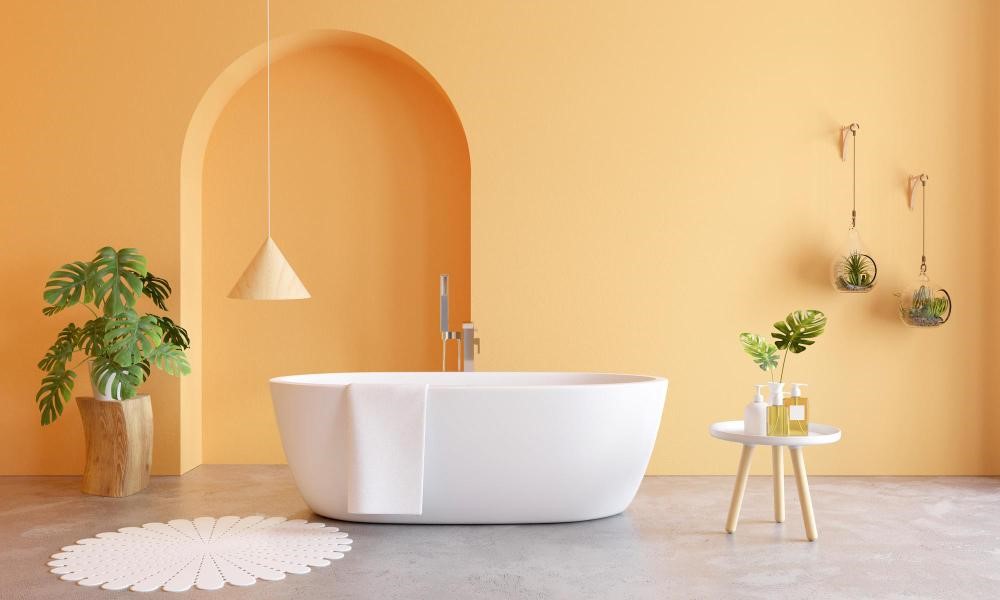Creating a bathroom that serves as both a functional space and a personal retreat requires careful thought and planning. It’s not just about selecting fixtures and tiles; it’s about crafting an environment that enhances your daily rituals and relaxation. Rushing through the design process can lead to mistakes that compromise the comfort, functionality, and aesthetics of this important space.
Key Bathroom Design Considerations
- Ventilation is Vital: Proper airflow is crucial in a bathroom to prevent moisture buildup, which can lead to mold and mildew, damaging both your health and your home.
- Harmonious Fixtures: The right fixtures can unify your bathroom’s design, creating a cohesive and visually appealing space. Disparate elements can make the space feel chaotic and uninviting.
- Tile Selection: Tiles set the tone of your bathroom. The size, color, and texture should complement the overall design while being practical for a wet environment.
- Lighting Matters: Good lighting is essential. It affects the ambiance of the space and is crucial for tasks like grooming. Poor lighting can make the bathroom feel smaller and less welcoming.
- Storage Solutions: Adequate storage helps maintain a clutter-free bathroom, making the space more functional and serene.
- Accessibility for All: Designing with accessibility in mind ensures that everyone can use the bathroom comfortably and safely, regardless of age or mobility.
Strategies to Avoid Common Design Flaws
- Consult a Design Expert: A professional designer can guide you through the maze of options and decisions, helping you avoid common pitfalls and achieve a bathroom that meets your needs and reflects your style.
- Research is Key: Dive into the latest trends and innovations in bathroom design. This will broaden your perspectives and inform your choices, ensuring a modern and efficient layout.
- Budget Wisely: Set a realistic budget and adhere to it. This discipline will help you make smart choices that balance cost with quality and functionality.
- Sample Before You Commit: Order samples of materials and finishes. This step allows you to experience the textures and colors in your space, ensuring they work together harmoniously.
- Future-Proof Your Design: Consider how your needs might change over time. A flexible design can adapt to life’s transitions, ensuring your bathroom remains a comfortable and functional space for years to come.
Wrapping Up
A well-thought-out bathroom design enhances both the value of your home and your quality of life. By focusing on ventilation, fixture coordination, tile choices, lighting, storage, and accessibility, you’ll create a bathroom that’s not just functional but a true haven. Taking the time to plan and make informed decisions will help you avoid common design mistakes, resulting in a space that meets your current and future needs.
Incorporating these elements into your bathroom design will not only make the space more enjoyable but also more efficient and practical. The key is to balance aesthetics with functionality, ensuring your bathroom is a place where you can relax and rejuvenate. Whether you’re starting from scratch or planning a remodel, remember that every choice you make contributes to the overall feel and functionality of your bathroom. Plan wisely, and you’ll create a space that you’ll love for years to come.

